Vinmec Central Park Hospital (HCMC) has just announced the successful treatment of resistant epilepsy in a child using AutoGuide positioning robot technology, marking the first time this technique has been deployed in Vietnam.
Patient BQK (born in 2016, Hanoi ) was diagnosed with epilepsy in 2021. Initially, the child responded well to medication, but by 2024, the condition became more serious.
Ms. CLV, the baby's mother, shared: "Even though I increased the dose and combined many types of medicine, my baby still had frequent seizures, sometimes dozens of times a day."
Prolonged seizures not only threaten the child's physical health but also seriously affect the child's intellectual development. The family has sought treatment in many places, including abroad, with the hope that the child can live a healthy life and have a full night's sleep.

With a smart robot system that helps doctors locate and insert electrodes into the brain accurately and quickly, minimizing invasiveness, with an incision of only a few millimeters... (Photo: Provided by the hospital).
Master, Doctor Truong Van Tri, Head of the Department of Neurosurgery, said that K.'s case is very complicated.
Conventional diagnostic techniques such as scalp electroencephalography, magnetic resonance imaging (MRI) or PET scan could not clearly identify the epileptic focus. The patient had used the maximum dose of medication but could not control the disease.
After multidisciplinary consultation, the doctors decided to apply the technique of placing intracranial electrodes under the positioning of the AutoGuide Robot. This is an advanced technology that has never been deployed in Vietnam.
“Intracranial electrode placement and continuous intracranial electroencephalography (SEEG) recording for many days will help accurately determine the epileptic focus. This is a specialized technique, requiring almost absolute precision, without damaging important nerve and blood vessel structures,” Dr. Tri informed.
The doctor said that in the past, electrode placement mainly relied on the surgeon's skills and experience. However, with the support of intelligent navigation robots, this process has become more accurate, faster, and minimally invasive with an incision of only a few millimeters.
After 7 days of intracranial EEG monitoring, doctors determined that K.'s epileptic focus was located deep in the right frontal orbit and lower frontal lobe, where many large nerves and blood vessels such as vision and smell are concentrated.
On June 17, the surgery to remove the epileptic focus was performed. Thanks to precise positioning from the robot, the surgery was safe, limited blood loss, short intervention time and left no neurological sequelae.
More than a month after surgery, baby BQK has recovered well, living and playing normally, without any neurological defects. The number of seizures has decreased significantly, only 2 mild seizures during sleep compared to dozens of seizures per day before.

One month after surgery, the patient recovered well (Photo: Provided by the hospital).
According to medical literature, epilepsy surgery can help 60-80% of patients control or completely eliminate seizures if performed with the correct indications and techniques.
The World Health Organization (WHO) estimates that about 30% of epilepsy patients do not respond to drug treatment.
In these cases, surgical removal of the epileptic focus is one of the most effective options, although determining the exact location of the lesion in the brain is often difficult, especially when the diseased area is deep or widespread.
Source: https://dantri.com.vn/suc-khoe/be-gai-9-tuoi-thoat-canh-co-giat-chuc-lan-moi-ngay-nho-ky-thuat-dac-biet-20250725174657236.htm




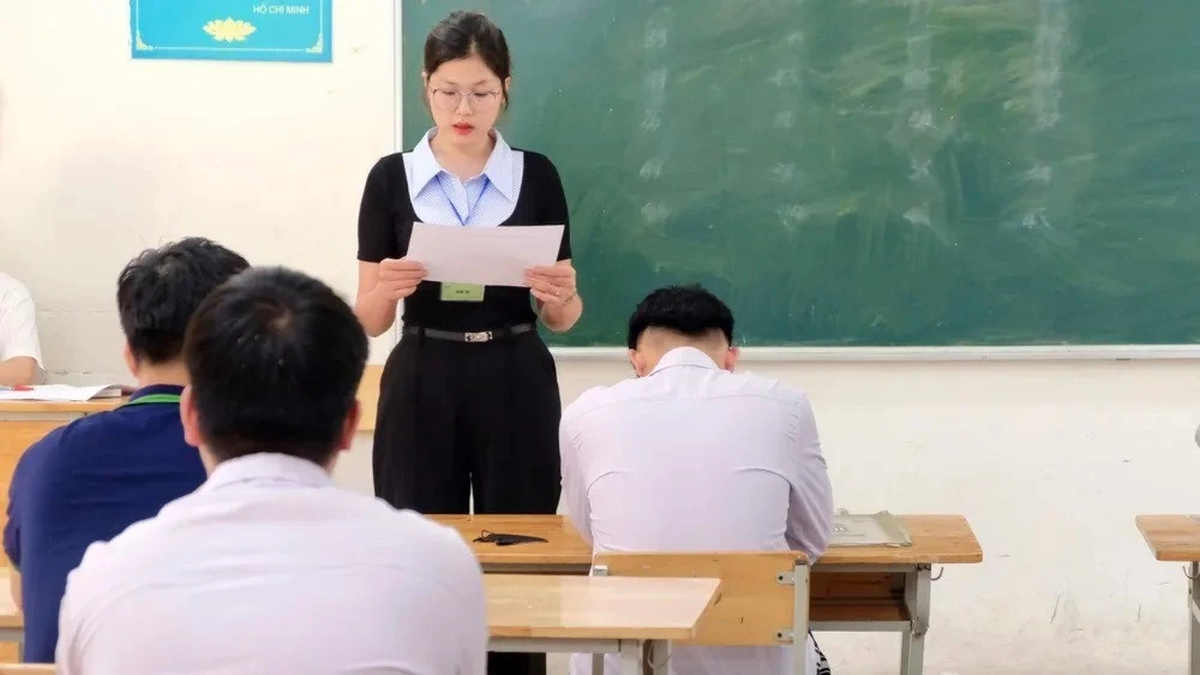
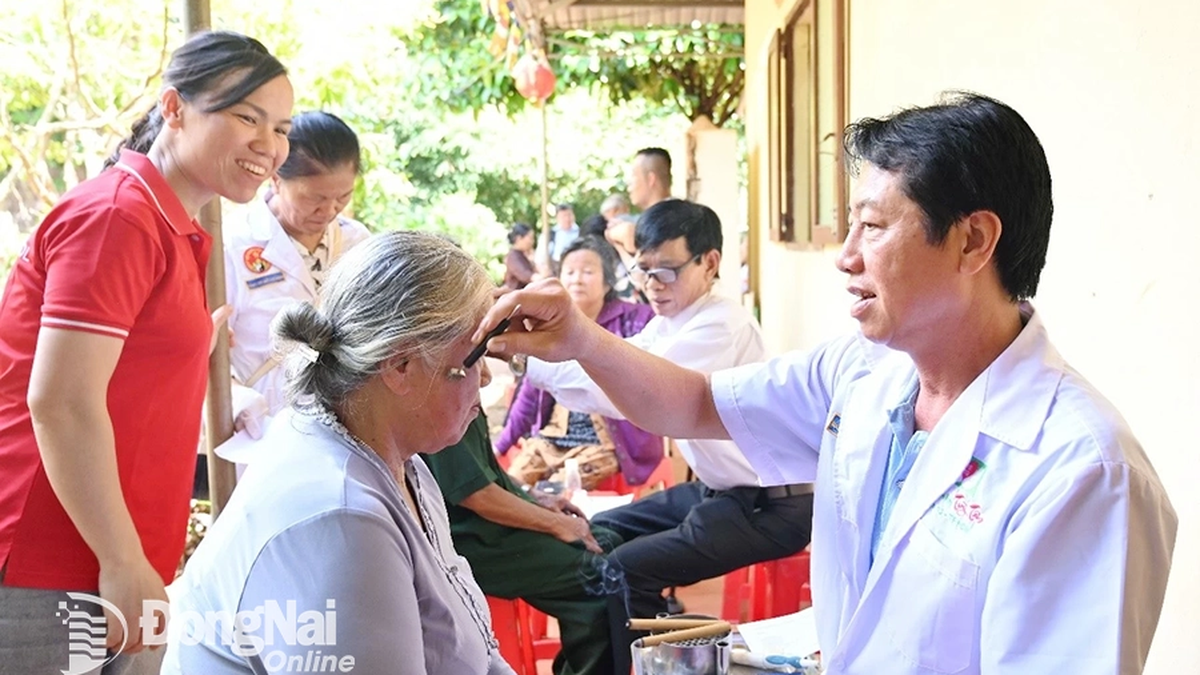
![[Photo] Nghe An: Provincial Road 543D seriously eroded due to floods](https://vphoto.vietnam.vn/thumb/1200x675/vietnam/resource/IMAGE/2025/8/5/5759d3837c26428799f6d929fa274493)


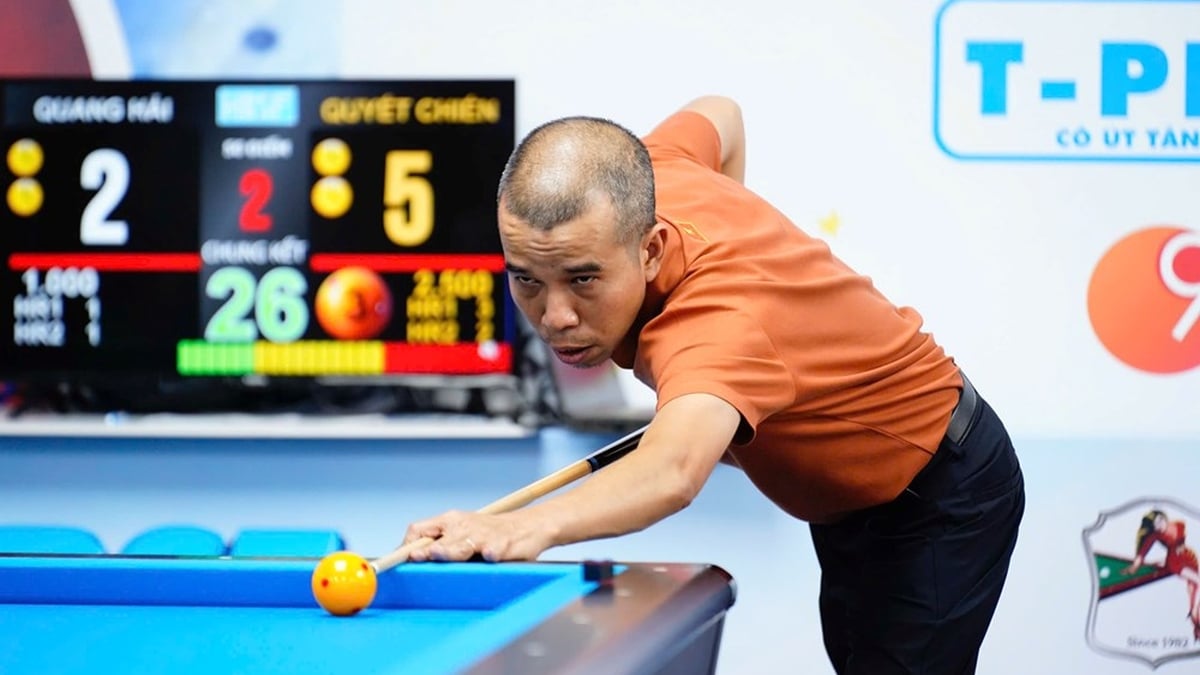

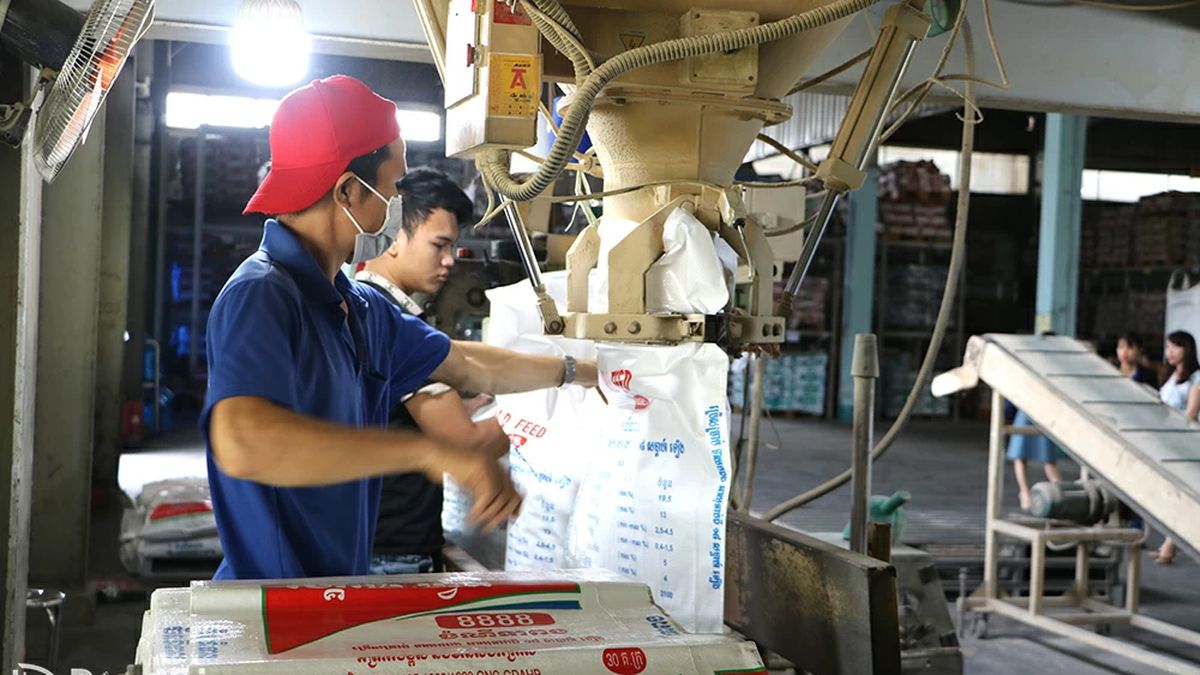
















































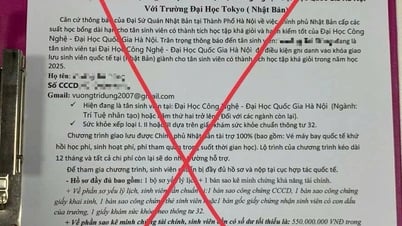




































Comment (0)